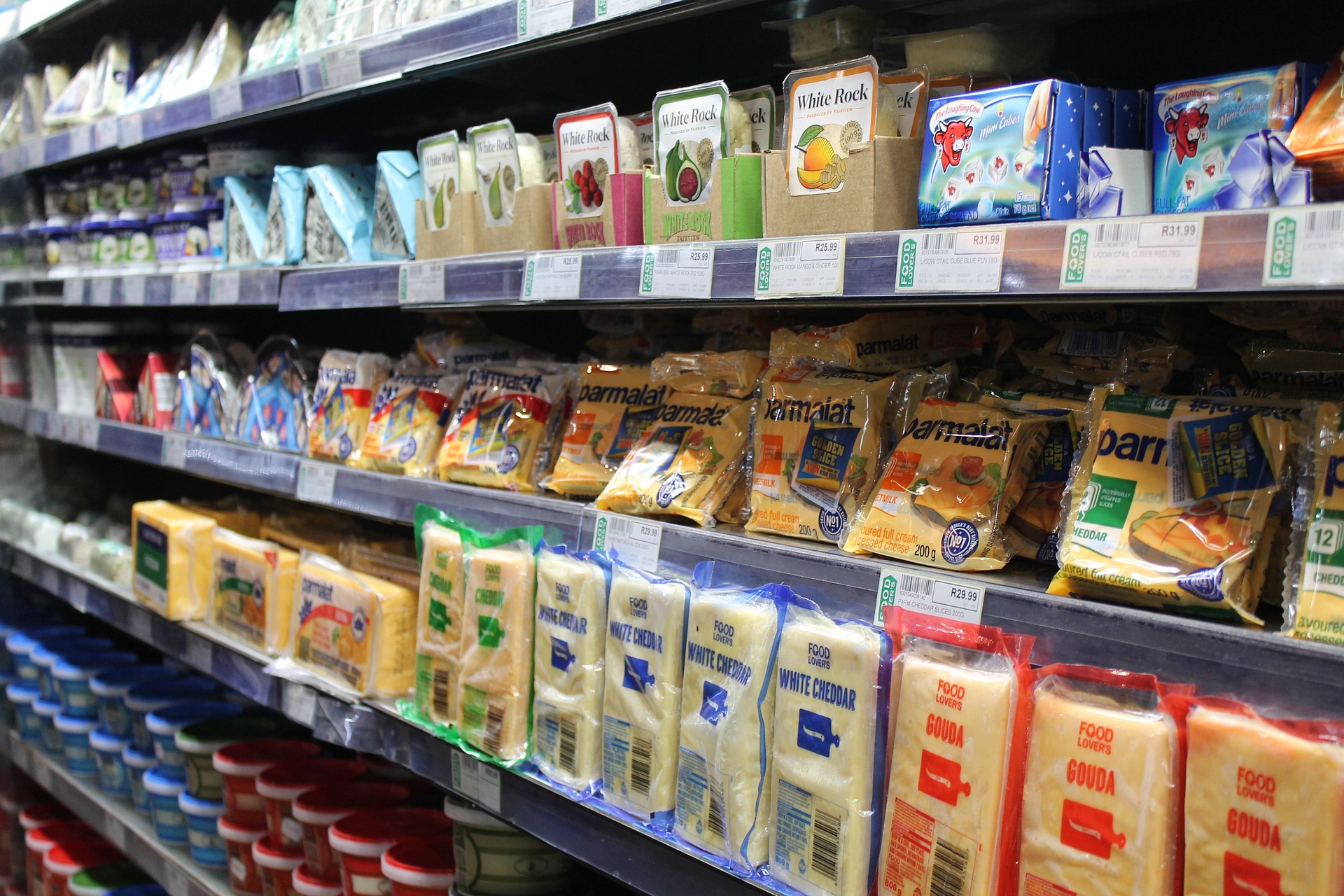Unfair competition due to the confusion of products or services

After analyzing the conditions of unfair competition in the previous article (click here to read it), in this and subsequent articles we will identify the most frequent cases that violate the principles of fair competition, categorized by art. 2598 of the civil code into two groups: “nominate” and “innominate“.
The first ones differ between those in which confusion is generated between the products or services of two competitors and the cases in which a company aims to appropriate the merits of the competitor’s products / services or to denigrate them.
The second ones, on the other hand, include a plurality of commercial practices that do not comply with the principles of professional correctness and are capable of damaging competitors.
The confusing cases
Our analysis starts with the first group of the “nominate”, the “confusion”, pursuant to art. 2598, n. 1 of the Italian Civil Code, which provides:
“… engages in acts of unfair competition anyone who:
- uses names or distinctive signs capable of producing confusion with the names or distinctive signs legitimately used by others, or slavishly imitates the products of a competitor, or performs by any other means suitable acts to create confusion with the products and business of a competitor “.
The cases identified by the aforementioned provision, therefore, are three:
- the adoption of names or distinctive signs that can be confused with those legitimately used by others;
- the servile imitation of the external form of other people’s products;
- any act capable of creating confusion.
All, however, are attributable to the latter category, as the acts or behaviors put in place by a company, to determine unfair competition, must be capable of producing confusion with the products or services of a competitor.
What does it mean specifically?
This translates into the suitability of the message, “launched” by a company, to generate in the final recipients (generally consumers) the false belief that the products or services are attributable to it, rather than to another company (confusion about ‘origin).
Think, for example, of an average consumer, who has to choose from the supermarket shelf two packs of biscuits, one belonging to a well-known brand (eg: the “Pan di Stelle” of “Mulino Bianco”) and the other that presents the shape, graphics or even the logo identical or very similar to the distinctive signs of the first.
The confusion generated by the second less well-known product will potentially “deceive” the consumer, who will probably buy it thinking that it has the same qualities as the known product, with consequent economic damage for the competing company (and for the consumer himself, who will obtain a product lower quality).
The requirements of confusion
However, it is important to specify that not all the signs that characterize the products or services of a company are capable of generating actual confusion with those of another competitor.
For this to happen, the imitated signs must be:
- new, as the provision “… legitimately used by others” presupposes that the latter have been placed on the market before the others;
- endowed with distintive ability: that is, they are concretely suitable for distinguishing the company’s products or services from those (similar) of another.
This occurs when the sign (eg: the logo of the “Mulino Bianco”) possesses the “qualified notoriety”, i.e. it is perceived by the public to whom the product/service is intended (eg: consumers) as attributable to a specific company (e.g.: “Mulino Bianco” or “Barilla”). This requirement can only be acquired with the continuous and uninterrupted use of the sign on the market.
Denigration or appropriation of merits (postponement)
The analysis of the cases mentioned will continue in the next article (click here to read it), with the examination of all commercial practices aimed at appropriating the merits of the product/services of a competing company or denigrating them.




